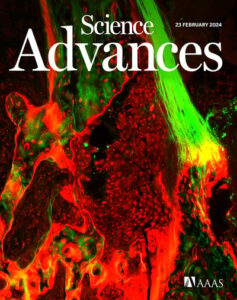The Zebrafish Aquaculture Core is one of many core facilities at the University of North Carolina at Chapel Hill. We provide state-of-the-art zebrafish husbandry and training services to UNC researchers.
This facility operates within and has veterinary care provided by the Division of Comparative Medicine (DCM).
The Director of the facility is Dr. Jiandong Liu.
![]()
Noteworthy Achievements
IN-PRESS from the Liu Lab: Dong Y*, Yang Y*, Wang H, Feng D, Nist E, Yapundich N, Spurlock B, Craft M, Qian L, Liu J. 2024. Single-cell chromatin profiling reveals genetic programs activating pro-regenerative states in non-myocyte cells. Sci Adv. (in press) (*co-first authors)
Biologists Celia Shiau and En Yang at UNC-Chapel Hill have been awarded a competitive Chan Zuckerberg Initiative (CZI) grant to tackle unsolved grand challenges in neurodegenerative diseases and fundamental neuroscience.
The ZAC added (8) racks to the “New” System in February 2024 in order to welcome new researchers, Dr. Jiakun Chen and Dr. En Yang.


